Away from everyone and everything else and separated by the largest ocean in the world, Oceania is a vast region to explore.
14 countries, numerous smaller territories, and thousands of islands make up this wonderous place that instantly invokes the feeling of exploration in any visitor.
From the massive landmass of Australia, which is the smallest of the 7 continents on Earth, to the tiny Polynesian islands in the Soth Pacific, it will take you years to see all of them.
To understand traveling and diving in Oceania, it’s best to look at the different regions first, and then see which places stand out among the others.
Oceania is divided into 4 different regions:
- Australasia
- Melanesia
- Micronesia
- Polynesia
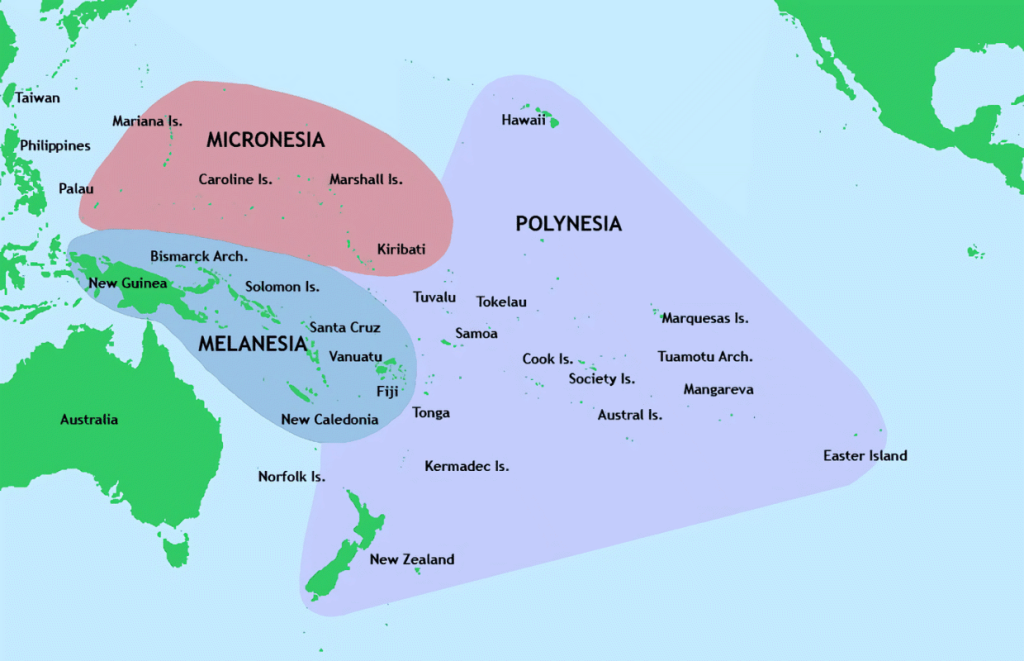
Just a few introductory words: Diving in Oceania offers something for everyone, no matter what you’re looking for. From the smallest critters to the largest animal on the planet, you can see it all here.
Get a good underwater camera before you go or you will regret it!
Australiasia
Depending on who you ask, the Australasian region comprises Australia, New Zealand (definition in New Zealand), in addition to some neighboring pacific islands such as Tasmania (definition from 19th century Britain), and even Melanesia and New Guinea (definition in Australia).
We will stick with the most common one and include Australia, New Zealand, and neighboring Pacific islands.
Australia is of course the most notable part in this region and a country that most people have on their bucket list for traveling.
The outback, the harbor in Sydney, kangaroos, dangerous snakes, and of course the famous Great Barrier Reef are just some of things that await you here. The shores of Australia are frequented by the smallest sea dragons in the South to large blue whales in the West.
The Great Barrier Reef spans 344,400 square km (133,000 square milmies) and there are plenty of dive operators and liveaboard cruises to the outer reefs.
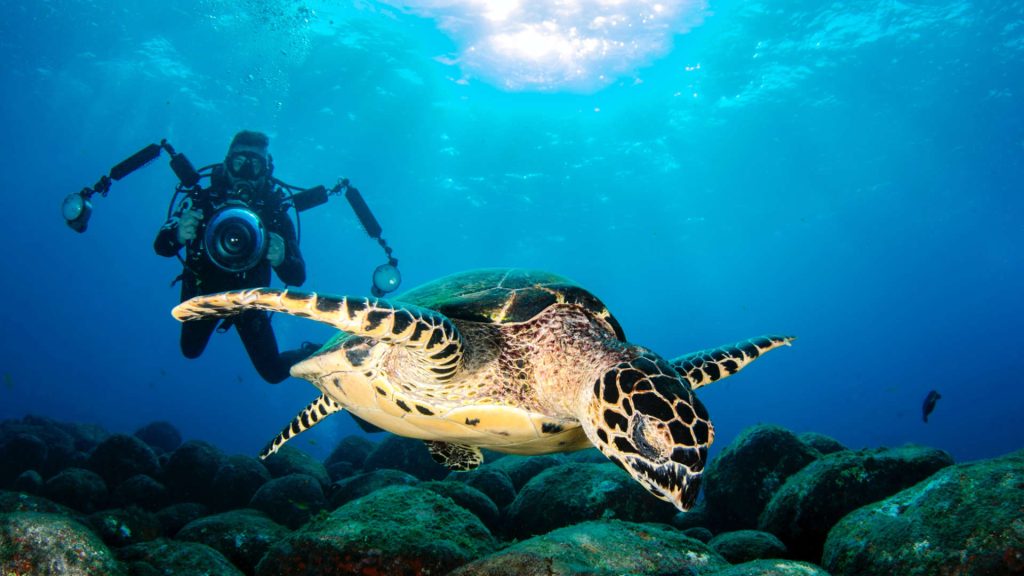
Tasmania in the South is great for wreck diving, as well as offering large biodiversity and deep water sponge gardens.
New Zealand, on the other hand, is more laid back in terms of travel, and heaven for adventure junkies. Diving in New Zealand comes with a bit rougher conditions but kelp forests and great wreck dives make up for this.
Melanesia
Melanesia in the North of Australia is a collection of large and some smaller islands in Oceania. It stretches from New Guinea in the North West along the Solomon Islands, Santa Cruz, Vanuatu and Fiji, as well as the French territory New Caledonia.
Papua New Guinea is a massive island located in the Asia Pacific region’s Coral Triangle and surrounded by different seas. Diving in Papua New Guinea is a dream come true and 52,000 square km of reefs wait to be discovered here.
The Solomon Islands have long been known as a wreck diving heaven and the super warm waters around its shores make it even more fun. WWII wrecks, healthy reefs, and uncrowded dive sites are just three aspects you will love about diving in the Solomon Islands.
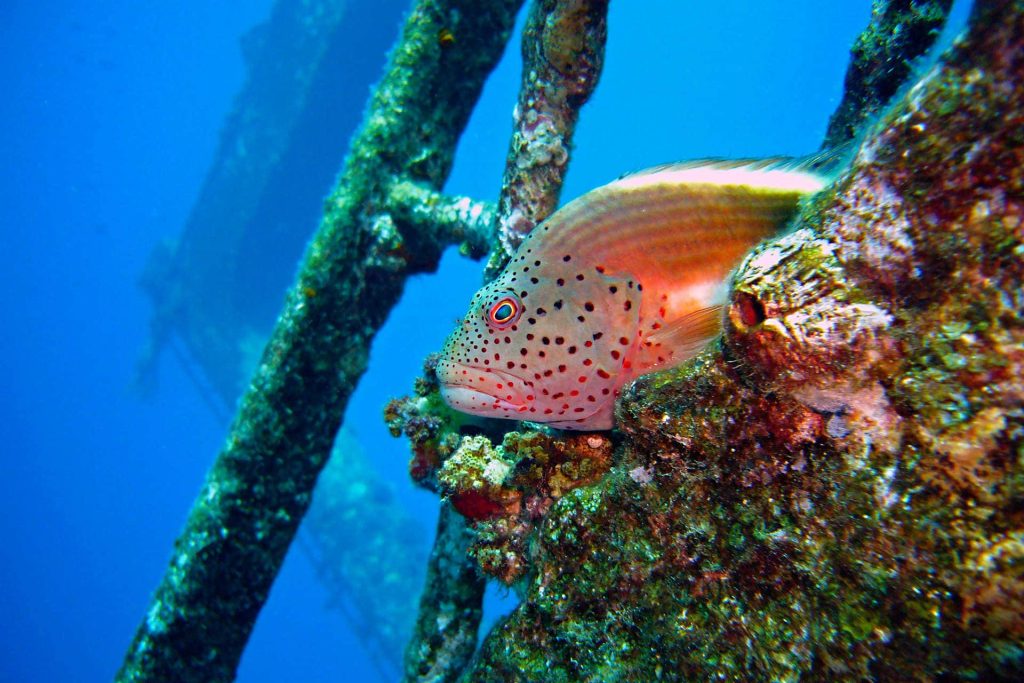
83 islands make up Vanuatu and diving here is superb. Year-round tropical conditions, intact reefs, and world-famous WWII wreck dive sites like the SS President Coolidge offer something for every kind of diver.
Right across, you’ll find the 330 islands that makeup Fiji which is among the most popular honeymoon destinations of all.
Diving in Fiji is world-renowned and carries titles such as the “soft coral capital of the world” (a diving quote by Jacques-Cousteau), as well as one of the best shark diving destinations on the planet. Some strong currents flow around its shores but if you have some experience as a diver, Fiji is likely one of the top locations for diving in Oceania.
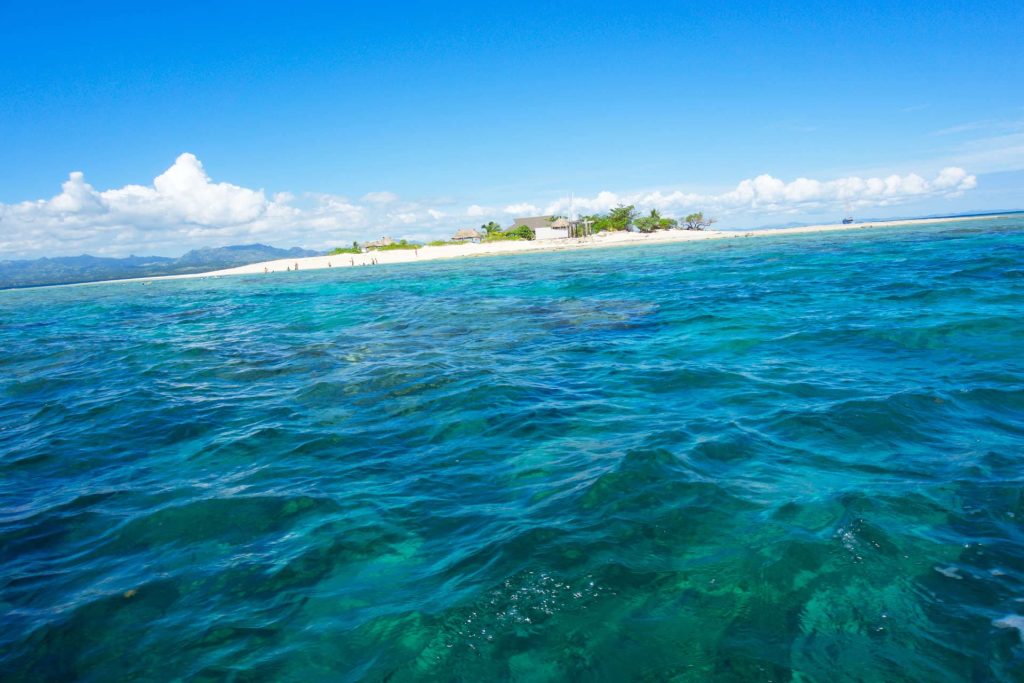
Micronesia
About 2,000 islands form the region of Micronesia which consists of four main island groups:
- Caroline Islands (Federated States of Micronesia & Palau)
- Gilbert Islands (Kiribati)
- Mariana Islands (Northern Mariana Islands & Guam)
- Marshall Islands
Palau and its 200 islands are one of the best diving destinations in the world and surely among the best diving in Oceania.
Turquoise waters, 1,400+ species of fish, whale sharks, manta rays, and spectacular reefs make diving in Palau truly amazing. The world-famous jellyfish lake is a hotspot for snorkelers, freedivers, and outdoor enthusiasts alike.
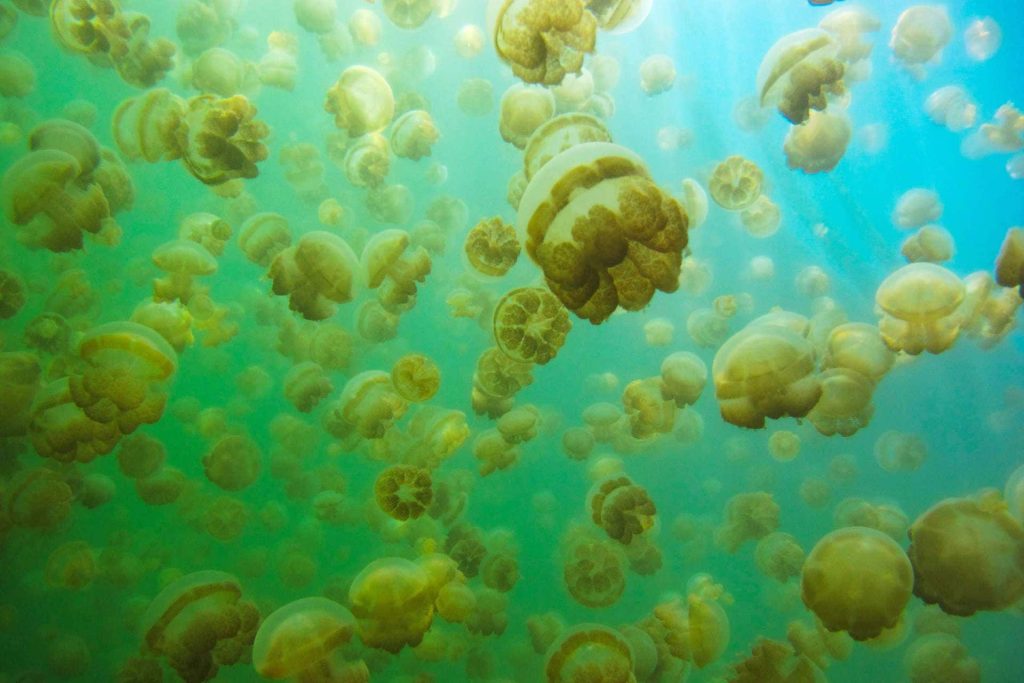
The Federated States of Micronesia is a collection of around 600 islands in the West Pacific that include top dive sites such as Yap, Chuuk, Pohnpei, and Kosrae.
Chuuk or Truk Lagoon used to home the Japanese naval fleet in WWII and is arguably the best wreck diving destination in the world.
Yap and Pohnpei are a manta ray heaven and you’ll encounter these beautiful creatures year-round in these waters. Grey sharks are also found in the hundreds. Kosrae is perfect for those who like to be the only divers at a dive site and offers something even for technical divers.
The Marshall Islands is one of only four atoll countries in the world and among the 5 least visited countries in the world! While diving here is still in its infancy it gives you the chance to explore the famous Bikini Atoll, the former nuclear test site and now WWII ship graveyard.
Polynesia
1,000+ islands make up this large region in the Polynesia Triangle in the East Pacific. From Tuvalu in the far West, to the US state of Hawaii in the North and Rapa Nui on the Eastern tip, there is just one word to describe diving in Polynesia: Amazing.
The South Pacific is one of the premier locations for diving in the world and if money is not an issue, do some island hopping here for a few weeks. Diving here is usually super easy, with bathtub-like conditions and only a few currents or drift dives in between.
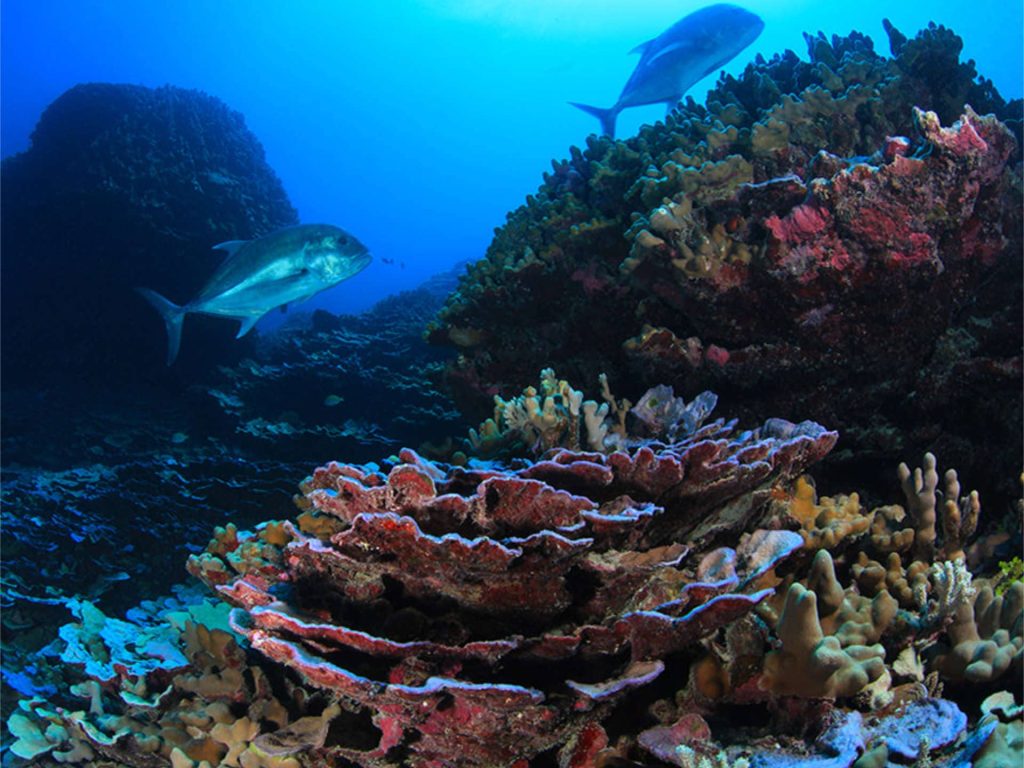
Hawaii is a favorite among honeymooners, surfers, and travelers, especially from the US. Tiger sharks, white-tip reef sharks, manta rays, and even humpback whales can be found here. The famous manta ray night dive in Kouna is one of the best diving experiences you can do.
Make sure you go snorkeling with humpback whales in Tonga that come to these waters every year between July and November.
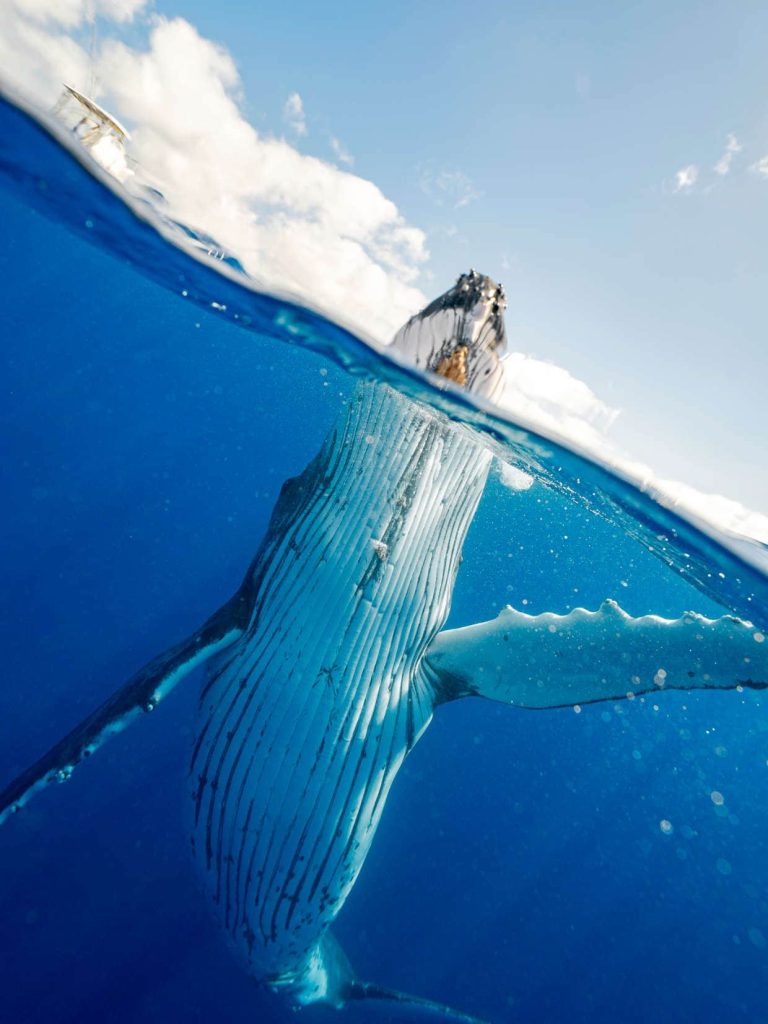
Further to the East are the Cook Islands as another dream diving destination and the coral atolls here are among the best in the world.
French Polynesia in the far East is one of our favorite diving destinations in the world and among the top choices for diving in Oceania. The landscape is beautiful and diverse and the scuba diving even better, although some of it are drift dives.
Fakarava South and the passes of Rangiroa are some of the best drift dives on the planet, Moorea awaits with lemon sharks, and Tahiti’s beaches are beautiful. Last but not least, Bora Bora’s coral wall is a hotspot for manta rays.
The best diving destinations in Oceania
Here are the best diving destinations in Oceania you absolutely should check out for your next vacation:
Palau
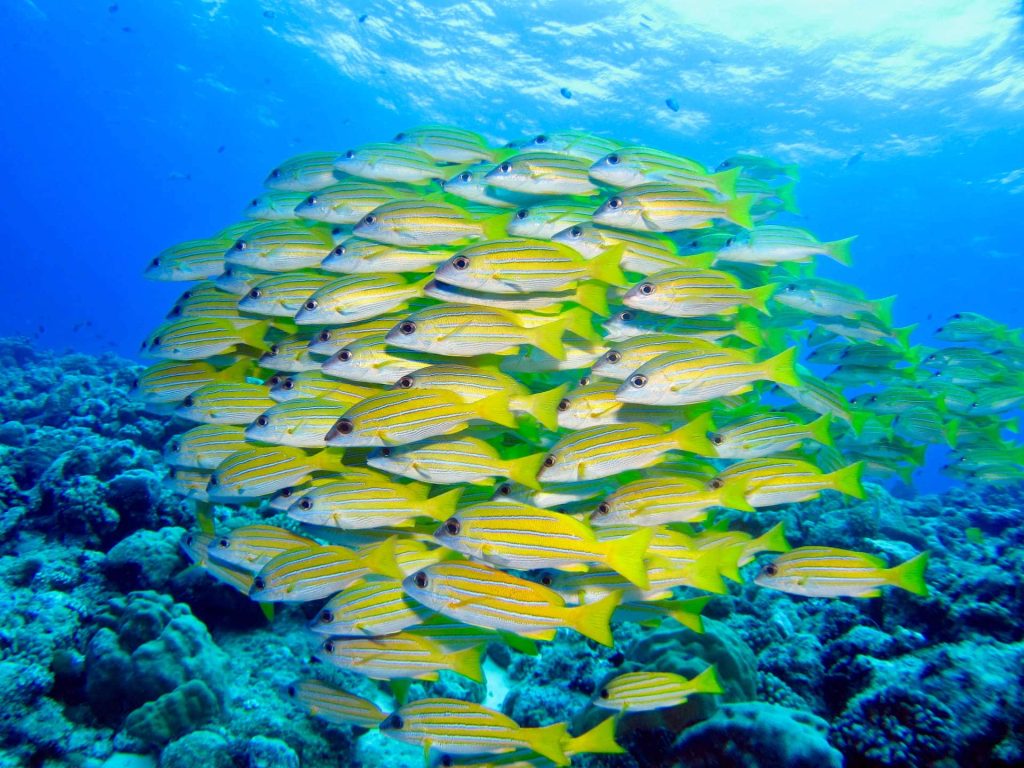
Palau is an island country in Micronesia and a scuba diving heaven. History buffs will also enjoy exploring the WWII history of these islands.
Just look at the pictures and that’s all you need to see to understand why.
Some count this to Asia already, however, it is a pacific island and as such part of Oceania.
Turquoise waters, sandy beaches, and excellent reef diving await. Diving here is usually easy with some tricky dive spots in between. Sharks, plenty of fish, and exotic reefs await.
The most famous diving site in Palau is actually not even a scuba diving site: The world-famous jellyfish lake can only be dived in as a snorkeler, freediver, or skindiver.
| Diving Season | Year-round |
| Best time to dive | Dry season from October- May |
| What to see | Sharks, schools of fish, rays, turtles, whale sharks. |
| Water Temperature | 27-30°C (81-86°F) |
| Budget | $$-$$$ |
| Best for | Reef diving and liveaboard diving |
| Difficulty | Mostly easy to intermediate diving. |
Book your trip
Australia
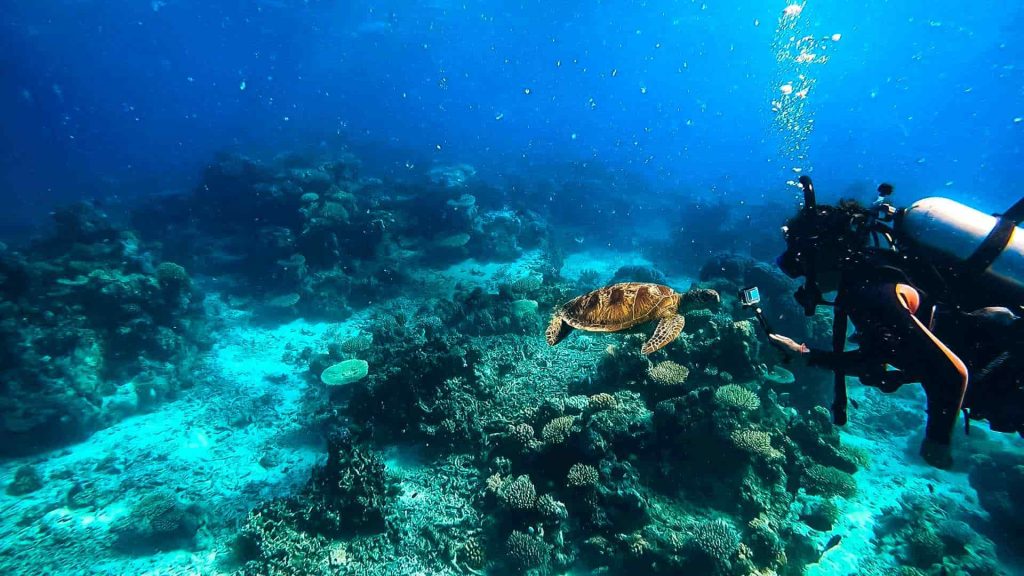
Australia is on arguably every traveler’s bucket list and the same is true for divers.
Both a country and a continent, it’s a gigantic place to explore that awaits with the vastness of the outback, some of the most dangerous animals on the planet, and a 36,735 km coastline with 10,000+ beaches.
Diving in Australia offers everything imaginable from humpback and mink whales, to sea dragons, coral reefs, turtles, wrecks, and sharks.
Visiting Australia is relatively affordable with the exception of flights, so hop over to Expedia to check the best rates! Accommodation ranges from backpacker hostels to luxury resorts and diving here is surprisingly inexpensive.
| Diving Season | Year-round |
| Best time to dive | June – December |
| What to see | Everything. 1,400km of dive sites, humpback whales, minke whales, manta rays, sharks, whale sharks, and cuttlefish, besides coral reefs, wrecks, and anything a diver could want. |
| Water Temperature | 30°C (86°F) in the summer (Dec-Feb) ~24°C (75°F) in the winter |
| Budget | $$ – $$$ |
| Best for | Beautiful underwater world |
| Difficulty | Any level of diving available |
Book your trip
Fiji
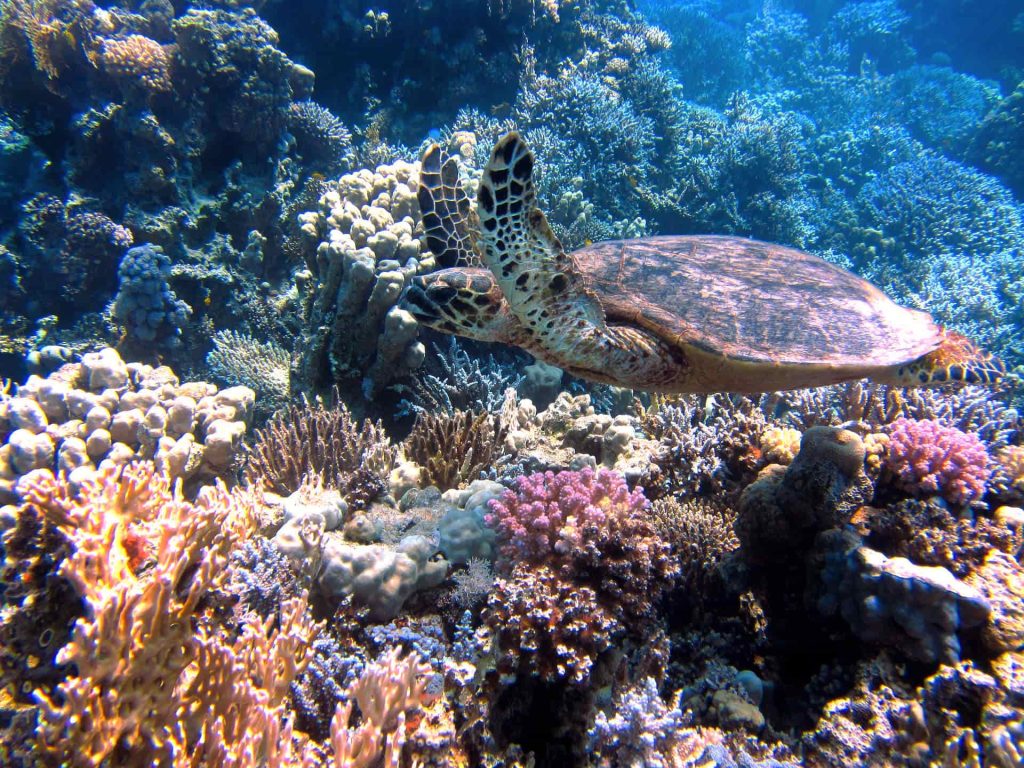
Fiji is one of the best diving destinations in the world and has a lot to offer for divers of all levels.
Diving conditions are superb with year-round warm water and more than 390 coral and 1,200 fish species to discover.
If you have the budget, spend 2-3 weeks to do the shark dive in Suva, and explore Tavenui and the famous Rainbow Reef.
Yasawa Islands awaits with white sandy beaches and the option to swim with manta rays. If you are into it, there is even bull shark feeding to be done here.
Whale sharks can be encountered here and shark diving is one of the top options all around the islands.
Fiji offers some of the best diving in Oceania and you should definitely check it out!
| Diving Season | Year-round |
| Best time to dive | December – April |
| What to see | Soft corals, reef sharks, bull sharks, hammerheads, manta rays, whale sharks, plenty of marine life |
| Water Temperature | 25-30°C (77-85°F) |
| Budget | $$$ |
| Best for | Soft coral reef diving and sharks |
| Difficulty | Easy diving except for some stronger winds. |
Book your trip
French Polynesia
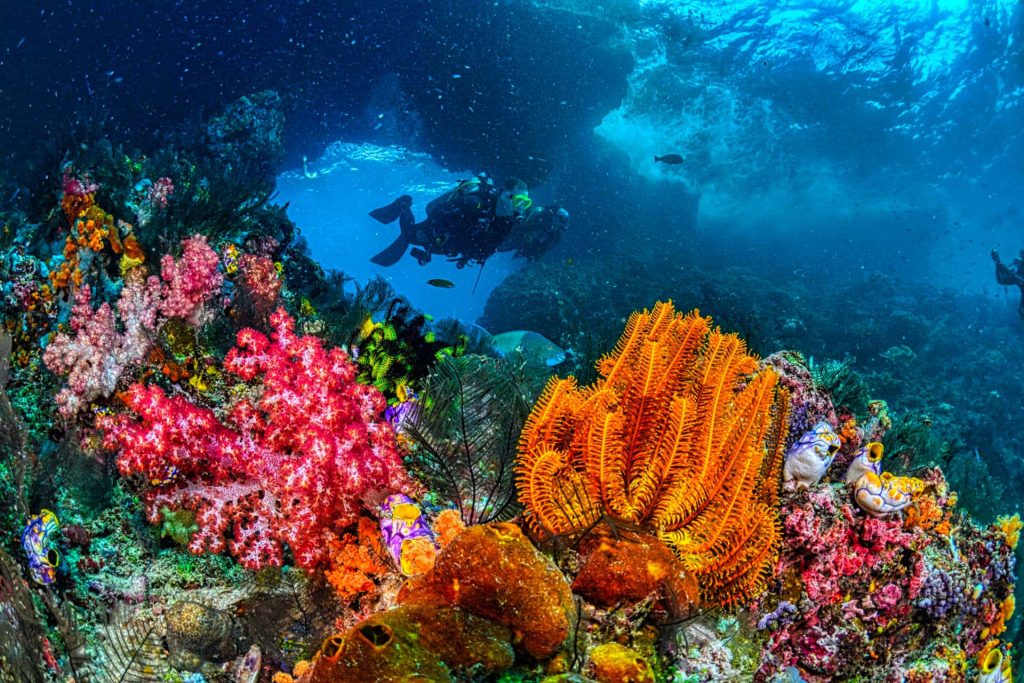
French Polynesia is among the best diving destinations in the world and the reef life here is amazing. Pristine coral reefs, massive schools of fish, and relatively easy diving conditions make this one for the bucket list!
Fakarava South and the passes of Rangiroa are some of the best drift dives on the planet and the artificial German Channel truly an amazing dive site. The abundance of marine life is astonishing and underwater photographers will love these places.
On Moorea, you can dive with lemon sharks and reef sharks in larger numbers. Bora Bora is the hotspot for manta rays and also a dream dive destination.
Tahiti is home to the capital of French Polynesia Papeʻete and definitely worth a visit for every traveler to explore and enjoy the local cuisine.
| Diving Season | Year-round |
| Best time to dive | May – November |
| What to see | Sharks, dolphins, whale sharks, manta rays, dolphins, turtles, thousands of fish |
| Water Temperature | 26-29°C (78-84°F) |
| Budget | $$$ |
| Best for | Reef diving, an abundance of fish, drift diving, sharks, and so much more |
| Difficulty | Easy to intermediate diving. Drift diving sometimes tricky for beginners. |
Book your trip
Chuuk Lagoon (Truk Lagoon), Federated States of Micronesia
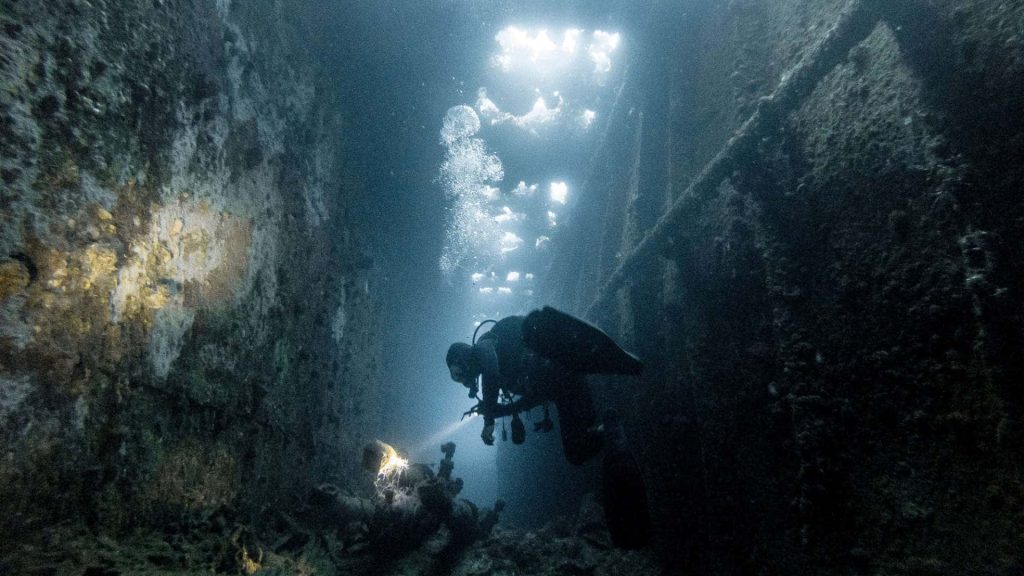
Chuuk Lagoon (often referred to as Truk Lagoon) in Micronesia is one of the best wreck diving destinations in the world and a must for any wreck diver in the world.
As the atoll was a naval base of the Japanese Empire in World War 2, you can find many military shipwrecks around here that can be dived.
Underwater photographers should bring their ultra-wide-angle lenses as visibilities can reach up to 30m/100ft, offering stunning views of complete wrecks underwater.
Besides the fabulous wreck diving opportunities, you can encounter many pelagic species and over 250 species of fish.
Diving facts for liveaboard diving in Chuck Lagoon, Micronesia
| Diving Season | Year-round |
| Best time to dive | December – April |
| What to see | Some of the best wreck diving in the world, coral reefs, pelagic marine animals |
| Water Temperature | 27-28°C (81-84°F) in the winter, 28-30°C (83-86°F) in the summer |
| Budget | $$ |
| Best for | WWII wreck diving |
| Difficulty | Any level of diving available |
Book your trip
Cook Islands
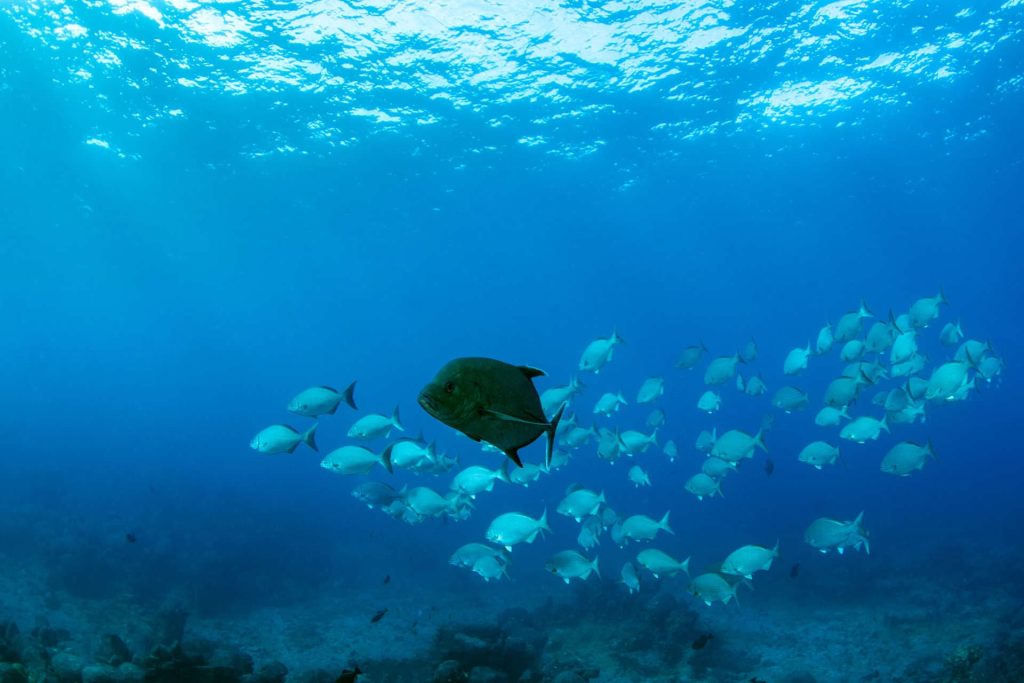
The Cook Islands in Polynesia are a small, rarely visited island state that are a hidden gem for diving in Oceania.
Diving in the Cook Islands means diving in coral atolls. 15 islands await with 47+ dive sites with colorful coral gardens, caverns, caves, and plenty of reef life in between. The diving hotspots are Rarotonga and Aitutaki and the infrastructure for scuba diving is great.
Humpback whales pass by the islands between July and October so be sure to come here then.
If you are into wreck diving, the Mataora Wreck or the SS Matai offer cool experiences.
| Diving Season | Year-round |
| Best time to dive | July – October for humpback whales |
| What to see | Humpback whales, amazing macro life, sharks, rays, turtles, giant trevally |
| Water Temperature | 23-28°C (73-82°F) |
| Budget | $$$ |
| Best for | Untouched reef diving and whales |
| Difficulty | Easy |
Book your trip
Hawaii
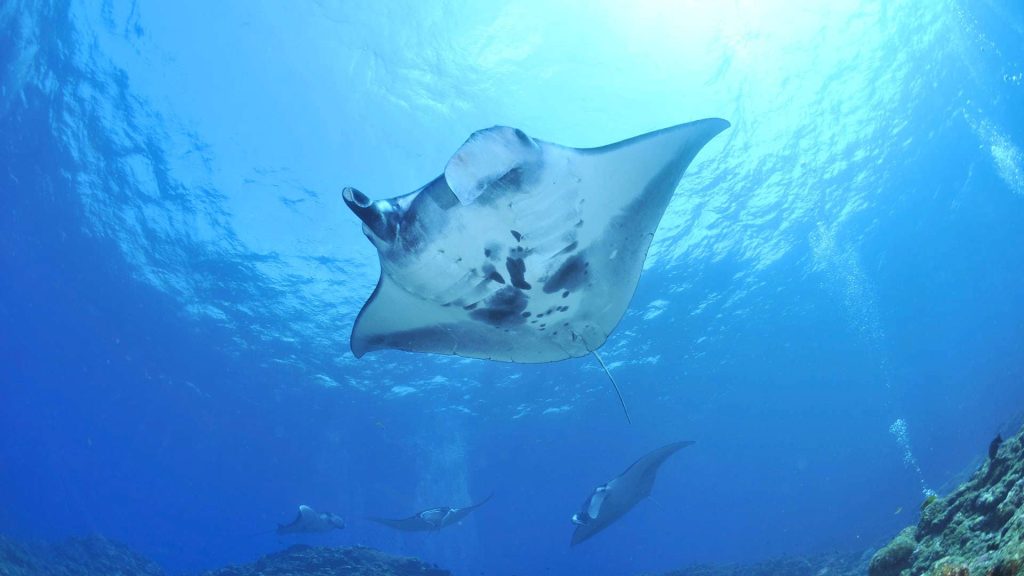
Hawaii is a mega-popular travel destination for outdoor lovers, luxury travelers, and scuba divers.
Diving in Hawaii is a mix between warm water, colorful reefs, and large marine life such as manta rays and sharks.
Between December and March, humpback whales roam these waters and you get the chance to see them up close.
Diving here is easy and the conditions are great for beginners. The water is a bit colder than at other diving spots in Oceania due to its remote location, but a 3-5mm wetsuit will suffice.
Every traveler and scuba diver should check out Hawaii at least once in their life!
| Diving Season | Year-round |
| Best time to dive | December – March to also see humpback whales around the island |
| What to see | Manta rays, Galapagos sharks, sea turtles, dolphins |
| Water Temperature | 24-27°C (75-81°F) |
| Budget | $$$ |
| Best for | Night diving with manta rays |
| Difficulty | Easy |
Book your trip
Solomon Islands
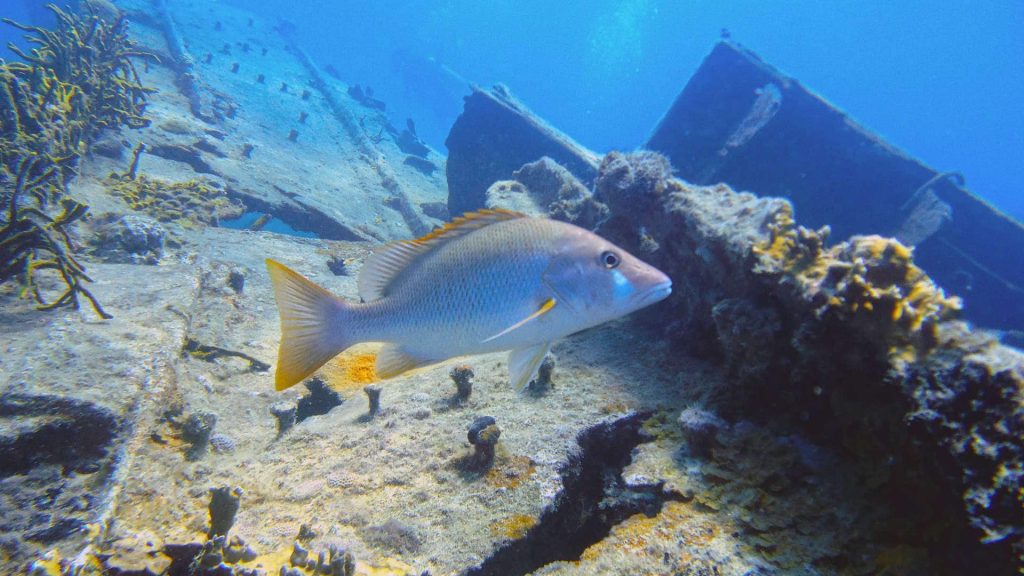
If you don’t like big crowds, the Solomon Islands are a great diving destination in Oceania that offers plenty of great experiences.
Caverns, reefs, wrecks, large sea fans, steep walls, soft corals, and muck diving in tropical conditions year-round await.
The marine life is diverse and you can find lots of fish, macro life, and even saltwater crocodiles!
Plenty of WWII wreck diving sites can be found all across and the reefs are very healthy and intact.
Technical divers will like some of the deep wrecks at 65m/200ft+.
Diving in the Solomon Islands is truly a great experience.
| Diving Season | Year-round |
| Best time to dive | August – December |
| What to see | Coral gardens, caverns, wrecks, lots of fish, saltwater crocodiles |
| Water Temperature | 27-31°C (81-88°F) |
| Budget | $$$ |
| Best for | Private diving in healthy reefs |
| Difficulty | Easy-Advanced |
Book your trip
Vanuatu
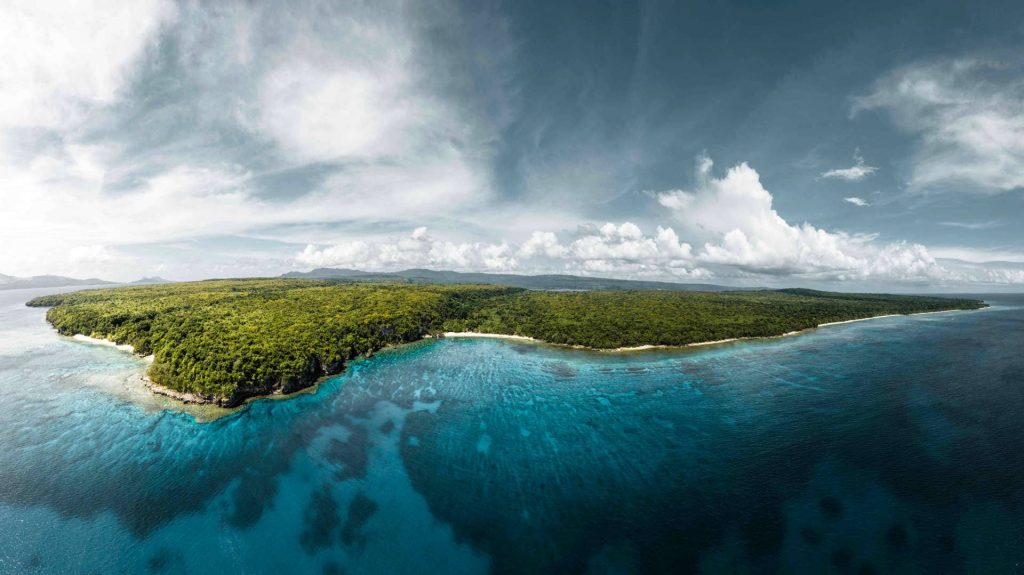
Diving in Vanuatu means beautiful corals, lots of fish, and plenty of historic wrecks.
Turquoise lagoons make up the majority of dive sites across the 83 small islands of the country and invite divers and snorkels to explore.
Dugongs can frequently be encountered in these waters and these gentle creatures are not bothered by humans close to them.
The most famous wreck dive site is the SS President Coolidge, a troop carrier that sunk close to shore during WWII.
May to October is the best time to visit and you can easily have 50m/165ft+ of visibility on most dives.
Tonga
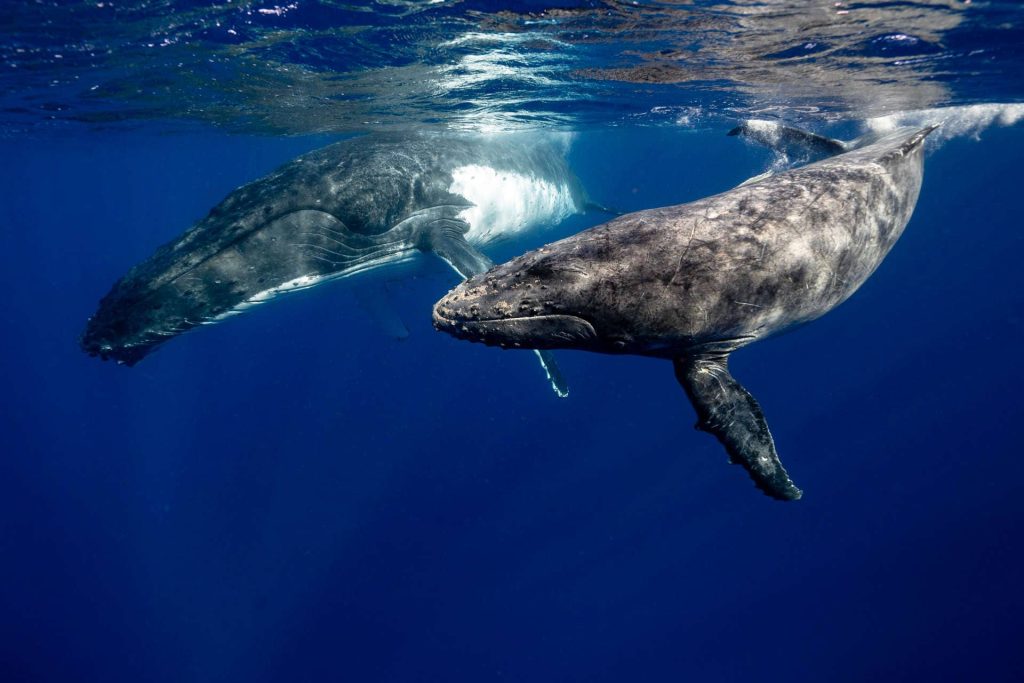
When you talk about diving in Tonga, humpback whales are the first thing that comes to mind. There are snorkel tours offered daily from July to November and there is a 100% guaranteed sighting chance.
Hearing humpback whales sing while diving is truly one of the most memorable experience you can ever have!
However, the 169 islands that make up this country in the South Pacific are more than just that (although
Manta rays, eagle rays, many sharks, and other cool marine life can be encountered throughout the year in bathtub-like conditions.
The reefs around Tonga are protected, meaning the conditions are great and the corals are intact. There are even a pretty cool 140m/400ft wreck to explore with the Clan MacWilliam.
| Diving Season | Year-round |
| Best time to dive | July – November for humpback whales |
| What to see | Humpback whales, manta rays, sharks, protected reefs |
| Water Temperature | 24-30°C (75-80°F) |
| Budget | $$-$$$ |
| Best for | Snorkeling with humpback whales |
| Difficulty | Easy |
Book your trip
List of Countries in Oceania
- Australia
- Fiji
- Kiribati
- The Marshall Islands
- Micronesia
- Nauru
- New Zealand
- Palau
- Papua New Guinea
- Samoa
- Solomon Islands
- Tonga
- Tuvalu
- Vanuatu
Other territories & dependencies in Oceania
- Norfolk Island (Australia)
- American Samoa (USA)
- Northern Mariana Islands (USA)
- Easter Island (Chile)
- Chatham Islands (New Zealand)
- Cook Islands (New Zealand)
- Niue (New Zealand)
- Tokelau (New Zealand)
- Fojuma (Fiji)
- New Caledonia (France)
- French Polynesia (France)
- Guam (USA)
- Pitcairn Islands (United Kingdom)
- Wallis & Futuna (France)